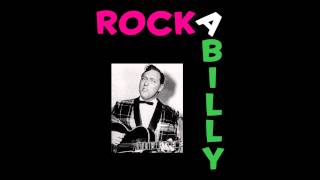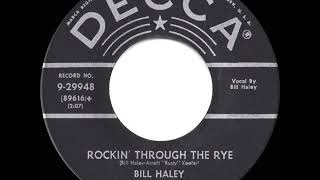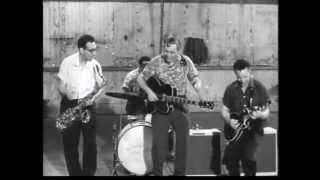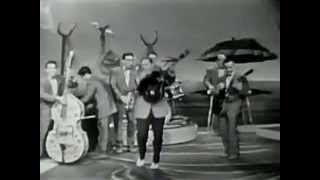Saturday, 20 December, 2025г.
















Где искать: по сайтам Запорожской области, статьи, видео ролики
пример: покупка автомобиля в Запорожье
Bill Haley And His Comets Thirteen Women Decca 29124 B
DISCLAIMER: All rights reserved to the production companies and music labels that distributed and produced the music and performance respectively. I've only added the footage as a tribute for historical, entertainment, and creative purposes with no financial gain. Copyright infringement not intended.
Bill Haley And His Comets Thirteen Women Decca 29124 B 1954
This is the flip side to "(Were Gonna) Rock Around The Clock."
As Gabler intended, "Rock Around the Clock" was first issued in the spring of 1954 as a B-side to "Thirteen Women (and Only One Man in Town)." While the song did make the American Billboard music charts (contrary to popular opinion that it was a flop), it was considered a commercial disappointment. It was not until 1955, when "Rock Around the Clock" was used under the opening credits of the film Blackboard Jungle, that the song truly took off.
Many versions of the story behind how "Rock Around the Clock" was chosen for Blackboard Jungle circulated over the years. Recent research, however, reveals that the song was chosen from the collection of young Peter Ford, the son of Blackboard Jungle star Glenn Ford and dancer Eleanor Powell. The producers were looking for a song to represent the type of music the youth of 1955 was listening to, and the elder Ford borrowed several records from his son's collection, one of which was Haley's "Rock Around the Clock" and this was the song chosen.[12]
On July 9, 1955, "Rock Around the Clock" became the first rock and roll recording to hit the top of Billboard's Pop charts, a feat it repeated on charts around the world.[13] The song stayed at this place for eight weeks. The record was also no.1 for seven weeks on the Cashbox pop singles chart in 1955. The Bill Haley version also hit number three on the R&B charts.[14]
In the UK, Haley's "Rock Around the Clock" reached number 17 on the pop charts in January 1955, four months before it first entered the US pop charts. (Coincidentally, it reached the same position as was reached by The Beatles' first single, "Love Me Do", in 1962). The song re-entered the UK charts to reach number one in November 1955, and after a three-week break returned there for a further three weeks in January 1956. It re-entered the charts again in September 1956, reaching number 5. The song was re-issued in 1968, when it made number 20, and again in 1974, when it reached number 12.
"Rock Around the Clock" became wildly popular with teenagers around the world. The single, released by independent label Festival Records in Australia, was the biggest-selling recording in the country at the time. Columbia Pictures cashed in on the new craze by hiring Haley and his band to star in two quickie movies, Rock Around the Clock (1956) and Don't Knock the Rock (1957). In 1957, Haley toured Europe, bringing rock 'n' roll to that continent for the first time.
After leaving Essex Records in 1954, Bill Haley signed with the then-important Decca label, and the band's first recording session was set for April 12, 1954 at the Pythian Temple studios in New York City. The recording session almost failed to take place because the band was traveling on a ferry that got stuck on a sandbar en route to New York from Philadelphia. Once at the studio, producer Milt Gabler (Uncle of actor Billy Crystal, who had produced Louis Jordan as well as Billie Holiday), insisted the band work on a song entitled "Thirteen Women (and Only One Man in Town)" (previously written and recorded by Dickie Thompson), which Gabler wanted to promote as the A-side of the group's first single for Decca.
Turntable used: Audio Technica AT-LP120 USB Direct Drive inputted straight into the sound card using the built-in pre-amp from the turntable.
Cartridge used: SHURE M78S using 78 3 mil needle
Похожие видео
Мой аккаунт


 У вашего броузера проблема в совместимости с HTML5
У вашего броузера проблема в совместимости с HTML5


